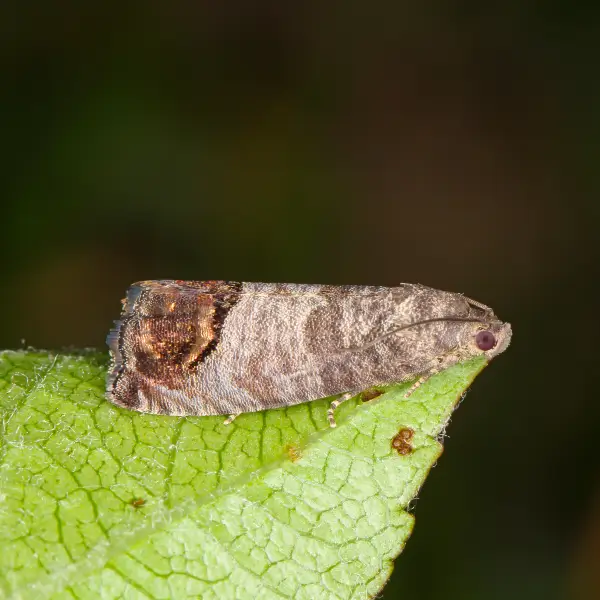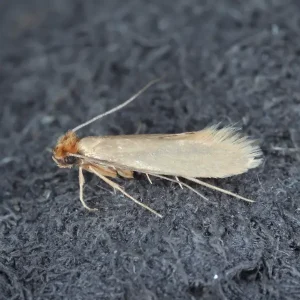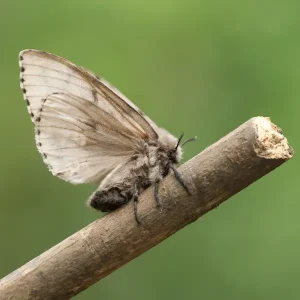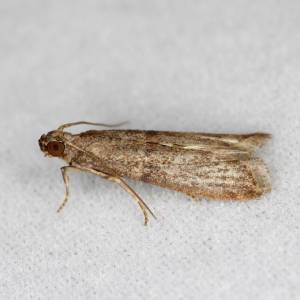Description
Codling Moths in Spokane, WA and Coeur d'Alene, ID
Codling moths are a widespread pest commonly found in orchards worldwide. They primarily infest apple, pear, and walnut trees, where they lay eggs on the surface of fruits. The larvae hatch and tunnel into the fruit to feed, causing damage and economic losses for fruit growers. Identifying features include grayish-brown wings marked with distinctive coppery bands.
Codling Moth Habitat
Codling moths thrive in temperate regions where their host trees grow. Orchards and backyard fruit trees provide ideal habitats for these pests. They are found across Europe, North America, and other parts of the world where suitable host plants are cultivated. Codling moths are adaptable and can survive in diverse climates, making them a persistent threat to fruit crops globally.
Codling Moth Behaviors, Threats, or Dangers
Codling moths present significant threats to fruit crops due to their destructive behaviors. These moths lay their eggs on fruit or leaves, and upon hatching, the larvae tunnel into the fruit to feed and develop. This feeding activity causes physical damage to the fruit, leading to economic losses for farmers. Additionally, codling moths utilize chemical communication for mate attraction, complicating pest management efforts. Male moths release sex pheromones to locate females for mating, contributing to population growth. Despite control measures, codling moths can develop resistance to insecticides, further challenging management strategies. Their global distribution in temperate regions worldwide exacerbates their threat to agricultural systems. In summary, codling moth behaviors, resistance to control measures, and widespread distribution underscore the need for effective pest management strategies to safeguard fruit crops and ensure agricultural sustainability. Call your local pest control experts as soon as possible.
Need help with Codling Moth control?
We'll call you! Leave your information below.




